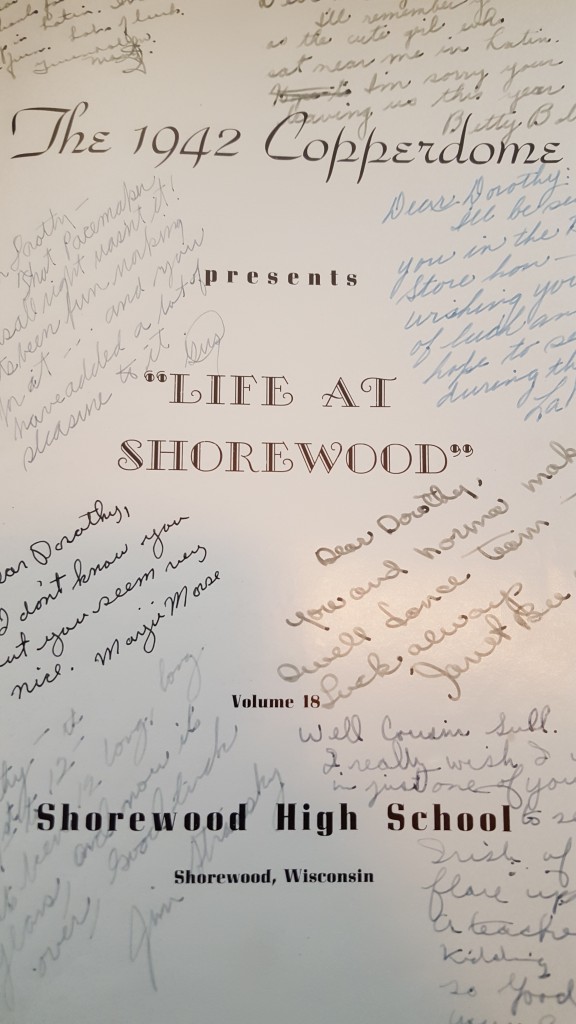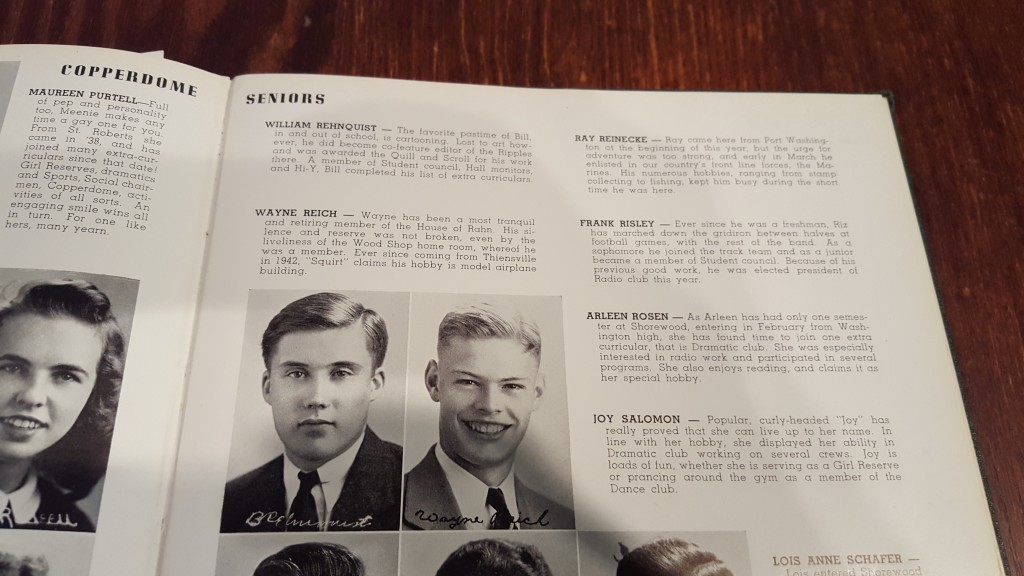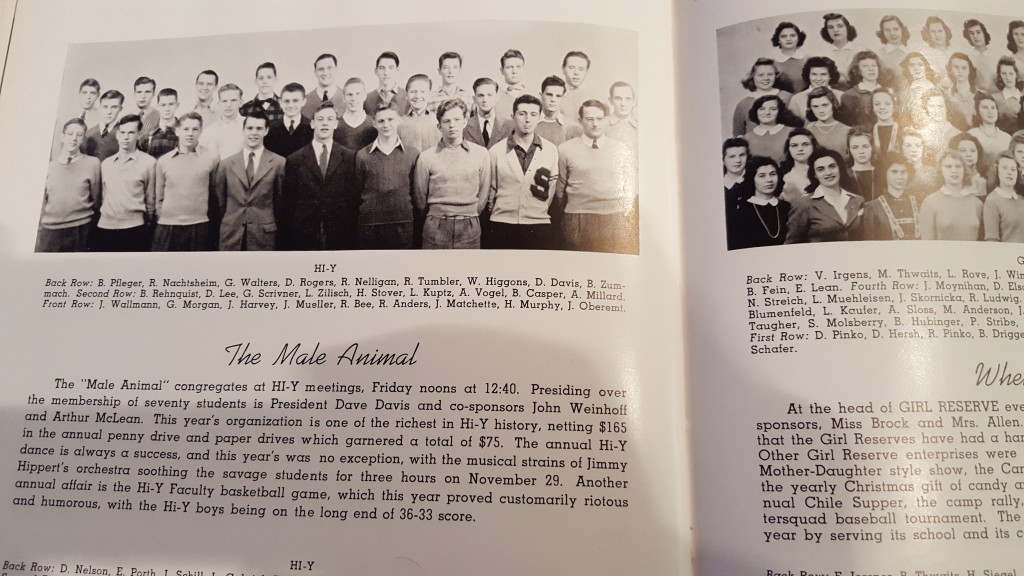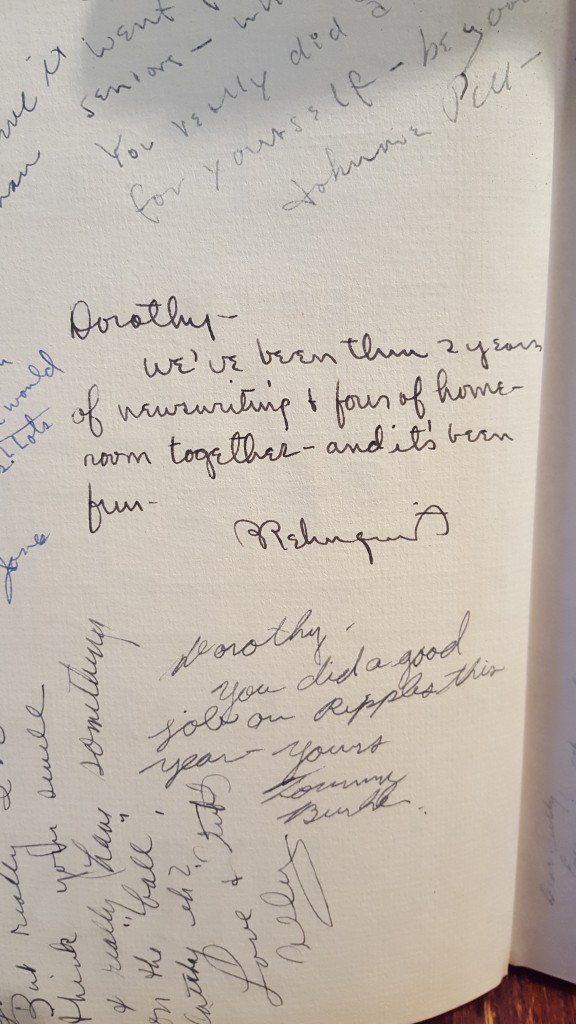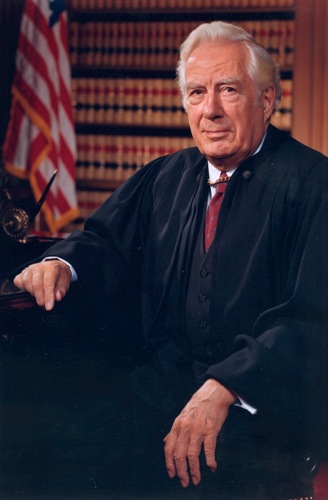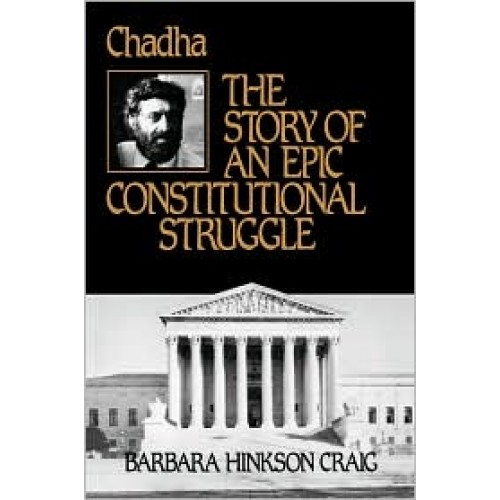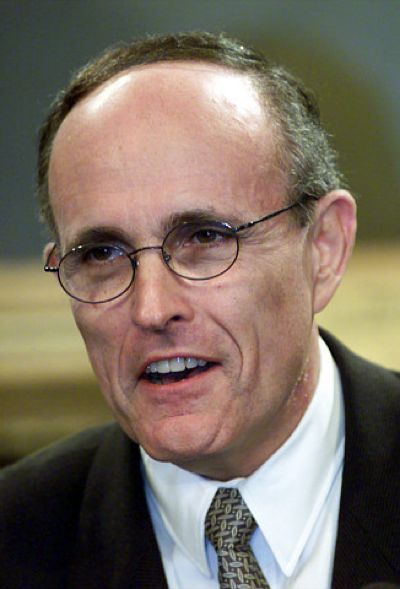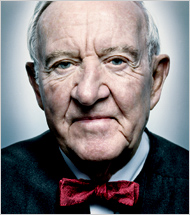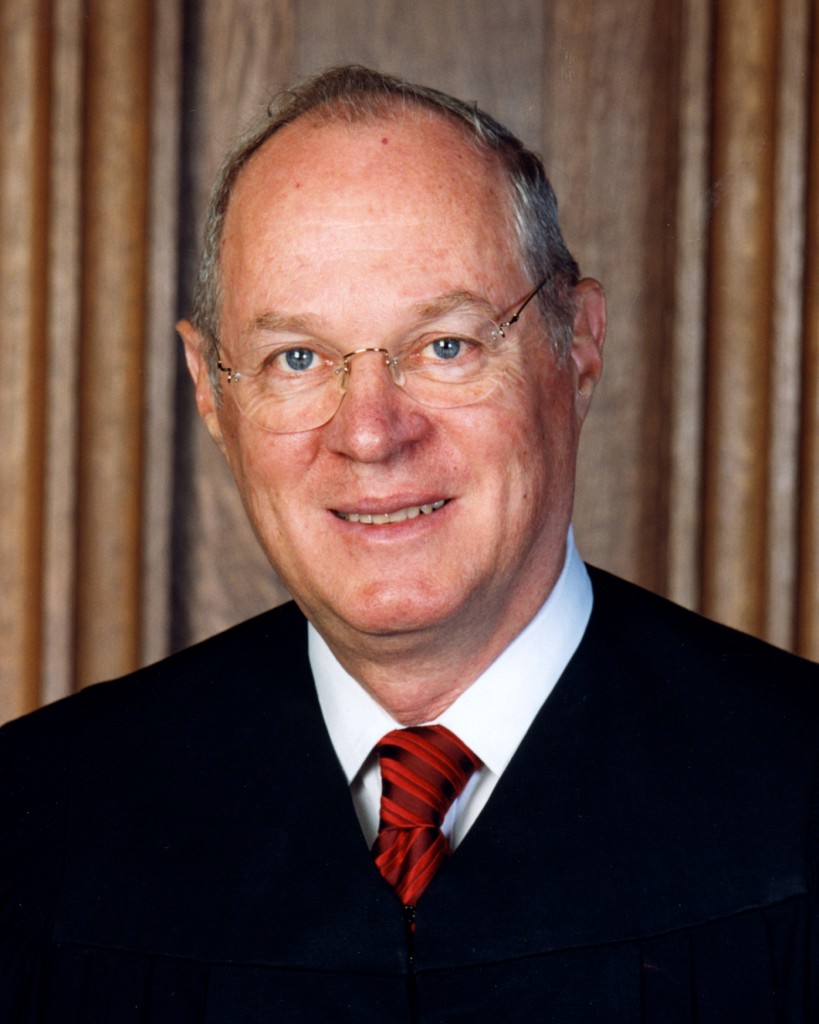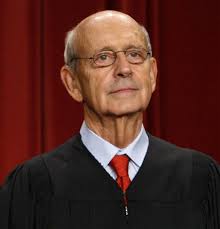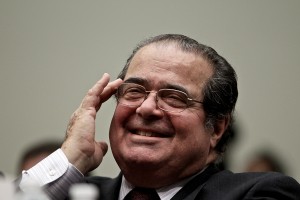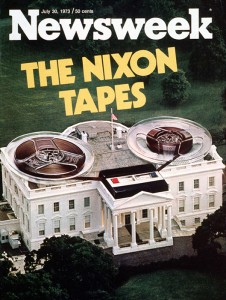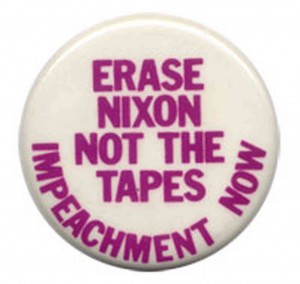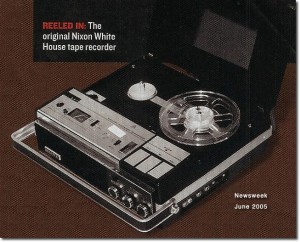The Bush legacy on Supreme Court nominees is mixed. President George H.W. Bush, seeking to avoid a bruising confirmation battle, appointed the “stealth” David Souter, who turned out to be a consistent vote with the liberal bloc. But, he also appointed Clarence Thomas, who by several measures is the most conservative Justices in decades. President George W. Bush, presented with the opportunity to fill the Chief Justice position, chose John Roberts. Roberts, a long-time attorney in Republican administration, and the premier Supreme Court advocate of his day, had fastidiously avoided expressing his own views on the law–other than a brief stint on the D.C. Circuit. Bush’s second nomination, Harriet Miers (thankfully) went up in flames. The backup pick, Samuel Alito, was a safe, and reliable appointment, in light of Alito’s two-decades service on the Third Circuit.
So what lessons has presidential candidate Jeb Bush learned from the last-four Republican nominations to the Supreme Court, at the hands of his brother and father? They’re mixed. On the one hand, Bush seemingly learned the lesson of the Souter nomination–a lifetime Supreme Court appointment is so important, that a bruising political fight is well worth the cost. On the other hand, he didn’t learn the lesson of what it means to appoint a candidate with a record of “judicial restraint.”
In remarks in New Hampshire, Bush explained:
He said past presidents — whom he didn’t name, but the past two Republicans in the White House were his father and his brother — have picked people “that don’t have a proven record” because they’ve been too worried about facing an increasingly bloody Senate confirmation process.
“They wander, and you go, ‘How could that be?'” Mr. Bush said at a town hall meeting this month in Keene, New Hampshire.
“Because we’re in this partisan environment now where every one of these appointees, it’ll be a big huge fight, and so, I believe we need to have people of experience, of a proven record, a consistent judicial philosophy that you know because they’ve done it over and over and over again, and then you got to fight like hell to make sure they get passed, and that’s my pledge,” the former governor said.
He added during an interview with radio host and ConLaw prof Hugh Hewitt:
“And so I think you have to be all in to fight for people that have a record, because today in America, the minute you have a record, you’re subject to attack. But that’s the best way to prove that someone has a consistency in their view of, in terms of judicial philosophy.”
Yes, appointing candidates with records is essential. No more stealth candidates, hoping they can breeze through the hearing. Let’s focus on judges with paper trails, so we know how they approach the law. (See my writings here and here). The “nuclear option” left the fillibuster on the table for Supreme Court nominations, but we should not kid ourselves to think that is set in stone. Whichever party is in power next will strongly consider, and perhaps eliminate it, especially if it involves a replacement for Justice Kennedy.
But where Bush has not learned his lesson, is what kind of “proven record” he is looking for. Hewitt asked Bush about his criteria for a Justice:
“I think the way you do it is that you focus on people that are qualified to be Supreme Court justices that have a proven record of judicial restraint,”
He added that he wants:
people who have a “proven record of not legislating from the bench.”
His spokesperson made the point even more clearly:
“As evidenced by his record in Florida, Governor Bush would nominate and fight to confirm individuals with a clear, proven record grounded in strictly interpreting the law, not legislating from the bench, and adherence to the Constitution’s limits on government’s authority,” she said.
These are talking points that didn’t work 20 years ago, and they mean even less today than they did before. While Bush has learned his lesson from the Souter nomination, he has not gleaned any insights from the Roberts nomination. Roberts’s judicial restraint has led to his decisions in NFIB and King v. Burwell. In the former, he found that the individual mandate exceeded Congress’s powers under the commerce clause, but through the saving construction, he saved the law. In the latter, he found that the plain-meaning of the statute was “strong,” but that couldn’t have possibly been what Congress meant, so he saved the law. If it wasn’t entirely clear how he approaches the issue, the last paragraph of his King opinion made painfully clear that he would defer to Congress, and only the democratic process could do anything about it. Restrained, no? (My working theory on Roberts–who has venerated the Court for so long–is that his fidelity to the Supreme Court as an institution trumps his fidelity to the Constitution itself. He will only exercise the judicial role when he thinks the Court can weather the storm. His judgment has proved myopic–liberals are still outraged at Citizens United and Shelby County, and conservatives are still outraged at NFIB and King v. Burwell. I will develop this in more detail elsewhere).
Yet what does Bush say about Roberts, in light of his decisions in King v. Burwell and Obergefell.
“Well, I liked one of his rulings, and I didn’t like the other, but he is a person of unimpeachable integrity and great intelligence, and I’ve met him a few times. And he’s an impressive guy for sure.”
This is not reassuring for 2016. It isn’t clear Bush has considered the implications of how Roberts’ judicial restraint saved Obamacare not once, but twice. He should look closer to the other two Bush nominees–Thomas and Alito. Both ruled against Obamacare twice, and both followed their understanding of the Constitution and the statute. Would Bush call them activist judges that legislate from the bench?
The debate about “judicial restraint” and “engagement” never seems to end (and I’m sure this post will unleash a torrent of replies), but at a minimum, a Presidential candidate should actually understand what the phrase “judicial restraint” means, and how the Chief Justice’s minimalism has affected his votes. This is too important to screw up again.
(For purposes of full disclosure, I have been advising the Rand Paul campaign on various legal issues.)
